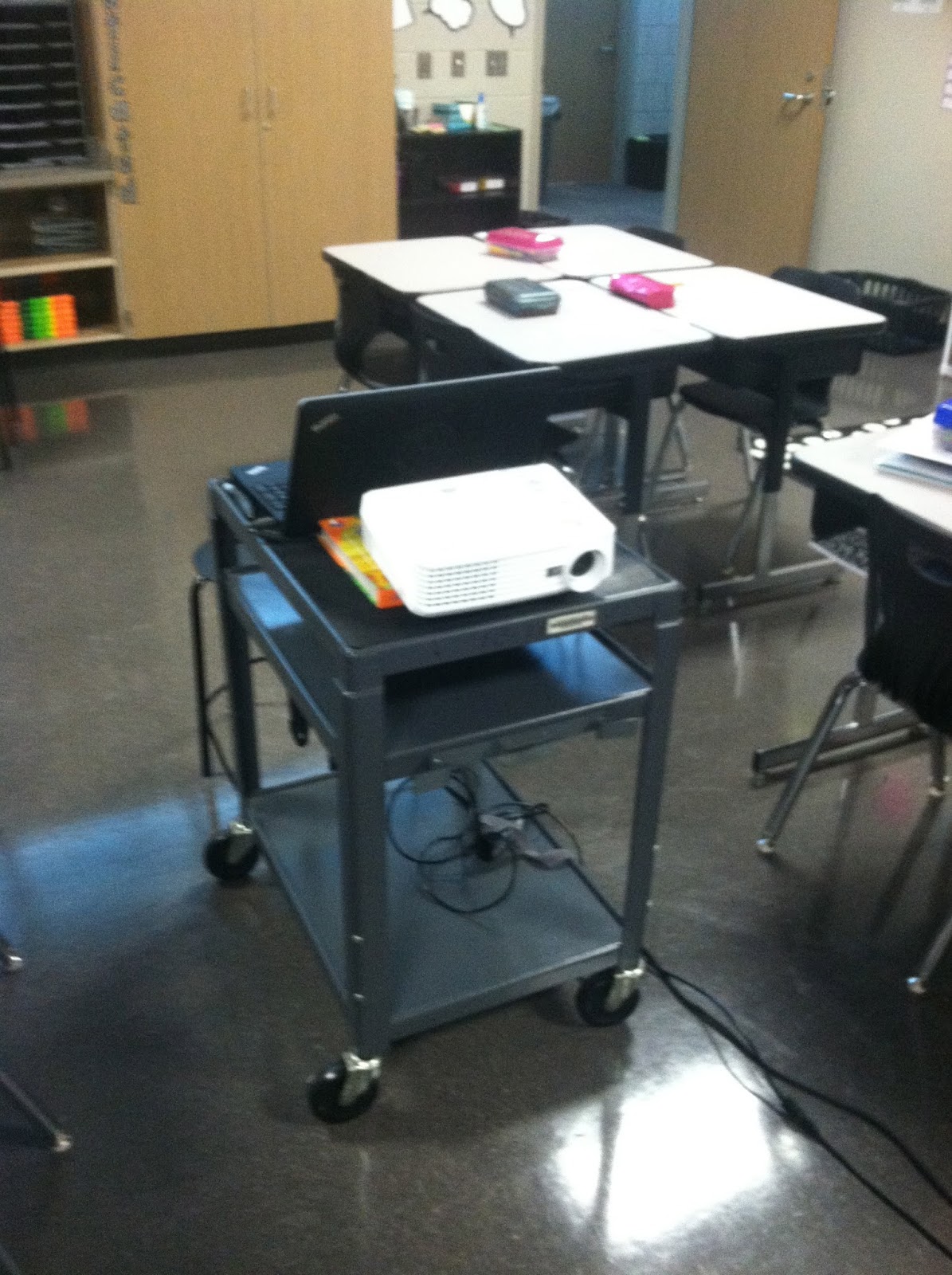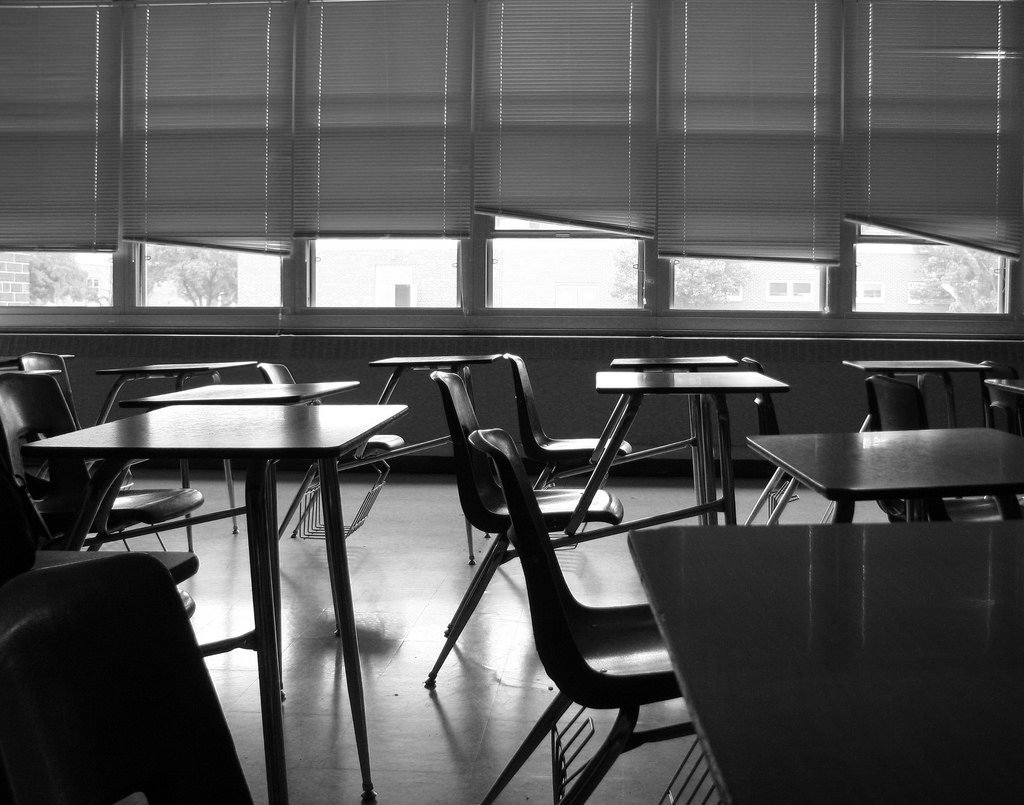It is Time to Ditch the Projector
Author: Matt O'Donnell
Published: 01.27.17
As more and more schools move to 1:1 environments the need for an LCD projector is quickly declining. While it is nice to display documents on a screen in front of the room, there are several shortcomings often present with this approach. Many of the classrooms I visit have an LCD projector that is on a cart or on the teacher’s desk with cords going everywhere making it difficult to move around the front of the classroom. The teacher or student presenting often moves in front of the screen causing viewing problems. These projectors are often too close to the whiteboard (or screen if there is one) which makes the viewing area too small for students in the back of the room to see.

One unintended consequence of using LCD projectors is the limiting of natural light. Most projectors in schools are not bright enough to be displayed in well lit classrooms. I have seen classrooms with large windows and great views that are covered with shades and never opened so the projected display will be bright enough. A classroom’s “naturalness" (light, temperature, and air quality) has a significant impact on student learning according to the Clever Classrooms Study released last year. By depriving students of naturalness in a classroom we are limiting their learning.

Apps like Nearpod allow teachers to show documents directly on student Chromebooks or iPads. This allows all students to see what is being shared more clearly. This also takes the focus of the class away from the front of the room and allows teachers to move around and interact with students.

Flat screen TVs are a better option than projectors because they can be used with window shades up. They use less energy than projectors and do not have a noisy cooling fan. TVs can also be left on to scroll through student work or photos when not being used for direct instruction. A great way to accomplish this is to create a shared folder in Google Photos to be used as the background for a Chromecast. The Chromecast will randomly cycle through the photos of student work giving them some ownership in the classroom. When students feel they have a voice and that teachers are willing to listen and learn from them they are 7 times more academically motivated according to the My Voice National Student Report.
21C Blog

